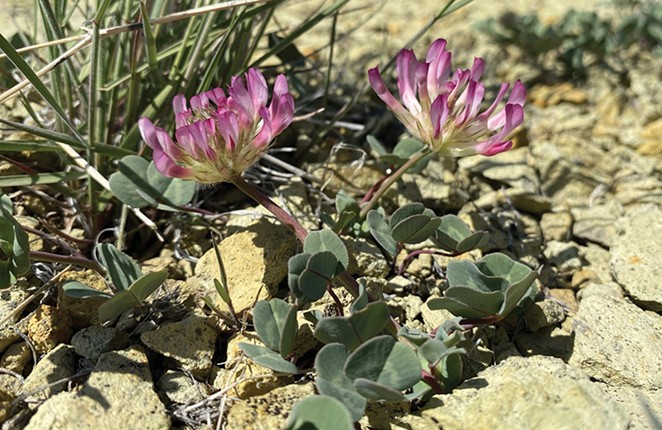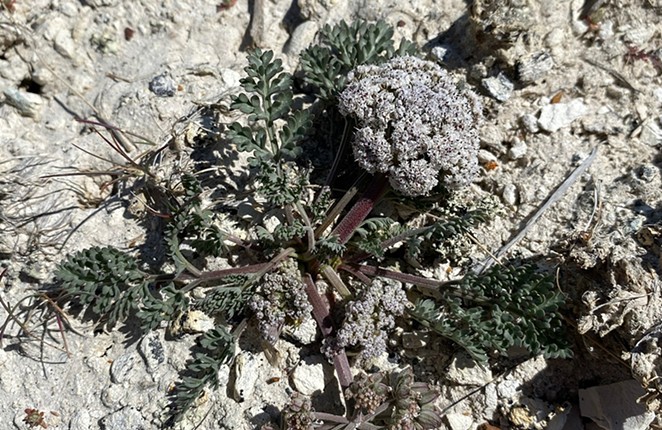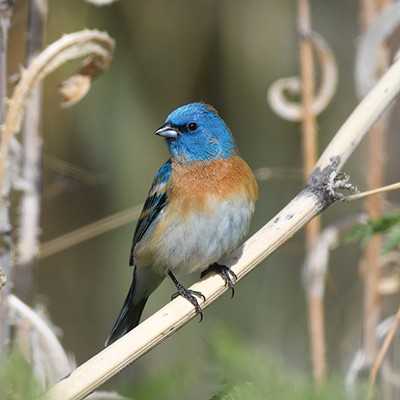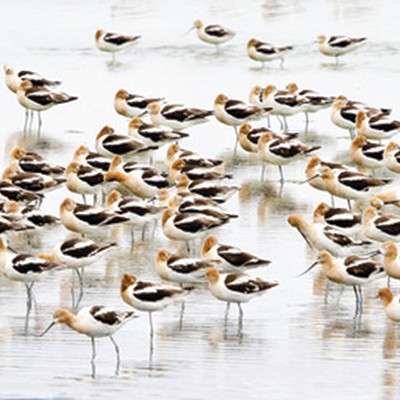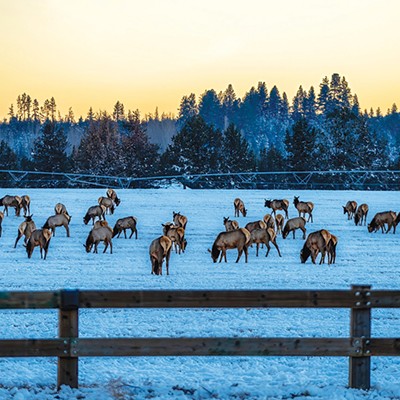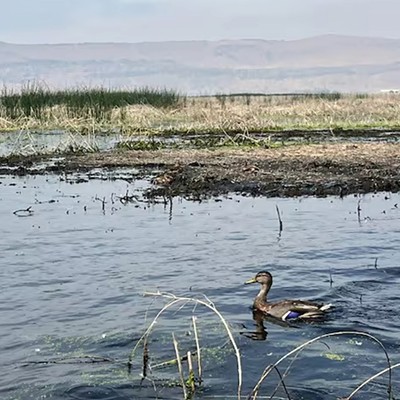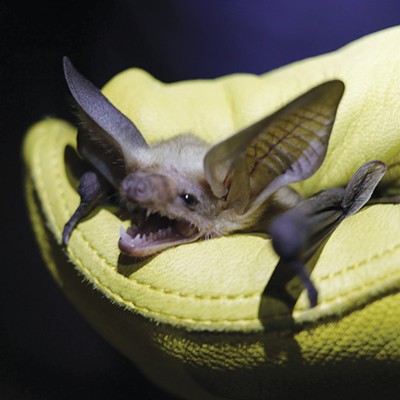Millions of years ago, the Owyhee Canyonlands was a region of intense volcanic and erosional activity. Lava flows oozed across the landscape, and ash exploded from domes and calderas, blanketing the surrounding area. When the ash settled and turned to rock, water and wind later carved the deep, rugged canyons of present day.
Though the picture this elicits is not fertile or bright, without its molten past, the Owyhee would not be the stunning ecosystem it is today, supporting a rich diversity of species.
The diverse geological history and geomorphological processes that formed the iconic rock formations of the Owyhee also created uniquely fertile soil. The layering of various ashes, eroded lava and other organic material produced soil with very distinct chemical properties, resulting in a high degree of plant speciation — that is, plant species uniquely adapted to grow in these very specific and confined soil conditions.
More than 1,200 vascular plants (plants that move water and nutrients throughout the plant, including trees, shrubs, grasses, ferns and flowering plants) have been found here, accounting for one-quarter of the flora in the state of Oregon.
In fact, at least 26 endemic plants — species which are found nowhere else on earth — grow in the volcanic soils of the Owyhee, and many of these are also listed as threatened or endangered by the State of Oregon. Although botanists have been studying the Owyhee for decades, new endemic plants are still being discovered, underscoring the ecological value of this vital landscape.
Read on to learn more about three of the endemic plants that make their home in Oregon's Owyhee Canyonlands.
Owyhee clover
Perhaps the best and oldest known endemic flower in the Canyonlands, first documented in the mid-1950s, is the namesake Owyhee clover (Trifolium owyheense). The Owyhee clover's brilliant pink sphere of blossoms stand out amongst the sparse, fragile slopes of volcanic ash or diatomaceous talus on which it grows. Listed as endangered in the state of Oregon since 1989, there are less than 50 populations of the clover.
Although it bears a resemblance to big-headed clover, Owyhee clover's three leaflets and large head were described by botanist Helen Gilkey as "strikingly different not only from any species previously known in the state, but...from any thus far described." Owyhee clover has uniquely adapted to produce seeds even in the absence of pollinators, ensuring its successful reproduction in the variable and extreme conditions of the Owyhee Canyonlands.
Narrow-leaved monardella
In 2014, narrow-leaved monardella (Monardella angustifolia), also known as the Leslie Gulch monardella, was identified in the Leslie Gulch and Succor Creek drainages growing on rhyolitic ash tuff outcrops. For decades it was thought to be a variation of mountain coyotemint (Monardella odoratissima), but more scrutinous observation determined the leaf structure, among a few other characteristics, distinguished the monardella as its own species.
Unlike most other flowering plants in the area, narrow-leaved monardella is characterized by a "monsoonal phenology," in which summer precipitation can produce a second flowering period in autumn, an unusual adaptation among plants in the Owyhee. The species was listed as threatened in the state of Oregon in 2023 and has only three known populations.
Bentonite biscuitroot
The most recently identified endemic species in the Owyhee and the newest addition to Oregon's endangered species list (added in spring 2024), the bentonite biscuitroot (Lomatium bentonitum) is named for the bentonite clay-rich outcroppings where it grows. This plant is known as a "cryptic species," meaning it appears the same as another species but differs genetically. Recent DNA testing led to scientists discovering this new "extremely rare endemic" biscuitroot species, with just one known population found within the Succor Creek area.
The diversity and splendor of the flora in the Owyhee Canyonlands, including the more than two dozen endemic species, underscore the profound botanical value of the Owyhee landscape. Unfortunately, and despite being among the most remote regions in the lower 48 states, Oregon's Owyhee is also vulnerable to an array of factors that threaten native plants and wildlife, wildlands and cultural resources.
Recognizing both the need and opportunity to conserve this special place, Oregon senators Wyden and Merkley have introduced legislation to permanently protect more than 1 million acres of the Owyhee Canyonlands. Oregon Natural Desert Association is pleased to support their legislative proposal, and is leading a complementary campaign to designate the Owyhee as our nation's next national monument, in case Congress fails to pass the senators' wilderness bill. For more information, please visit ProtecttheOwyhee.org.
— Anne White is the Policy Manager at Oregon Natural Desert Association, a conservation organization that protects and restores Oregon's high desert public lands, waters and wildlife. Read more of her work at onda.org/author/anneonda-org/.

